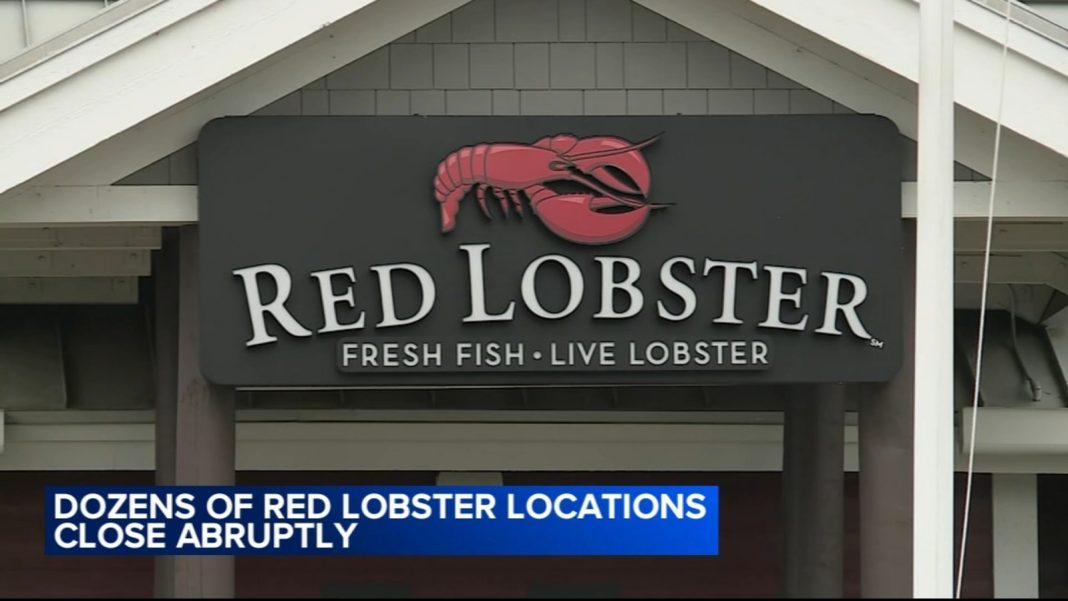Struggling Red Lobster Faces Closure of Numerous Locations
Red Lobster, a once-pioneering restaurant chain, is currently facing significant challenges that have resulted in the abrupt closure of at least 48 of its restaurants across the country. The closures were confirmed by TAGeX Brands, a prominent restaurant liquidator, which is conducting an online auction of the kitchen equipment, furniture, and other contents from these closed restaurants. The auction will take place from Monday to Thursday, providing an opportunity for interested buyers to acquire items from these shuttered locations.
While Red Lobster has not officially commented on the closures, reports from local news outlets indicate that several of the chain’s locations, including those in Buffalo, Orlando, and Jacksonville, have been marked as “temporarily closed” on the company’s website. This development raises concerns about the future of Red Lobster as it grapples with financial difficulties.
Speculation about the possibility of Red Lobster filing for bankruptcy protection has intensified in recent months. The appointment of a restructuring expert as the company’s chief executive further fuels these rumors and suggests that an imminent bankruptcy filing may be on the horizon. This potential move could have significant implications for the chain and its stakeholders.
Former leaders at Red Lobster, as well as restaurant analysts, attribute the decline of the once-thriving chain to a combination of factors, including corporate mismanagement. Over the past few years, Red Lobster has struggled to adapt to changing consumer preferences and market dynamics. This failure to evolve has resulted in a decline in customer traffic and overall sales.
To compound its woes, Red Lobster’s partnership with Thai Union, a long-standing supplier, has also faced challenges. Thai Union, which took an undisclosed financial stake in Red Lobster in 2020, became a key shareholder in the chain. However, this investment has not yielded the desired results. Red Lobster’s frequent changes in leadership, with four CEOs in a short span of time, have further aggravated the situation. Additionally, an ill-fated all-you-can-eat shrimp promotion implemented last year led to slower table service and ultimately affected Thai Union’s profitability.
In response to these setbacks, Thai Union recently announced its intention to divest from Red Lobster, incurring a substantial loss of $530 million on its investment. This decision highlights the severity of the challenges faced by Red Lobster and underscores the need for significant restructuring and strategic changes within the company.
As Red Lobster grapples with these closures and potential bankruptcy, it is clear that the chain must address the root causes of its decline. Adapting to evolving consumer preferences, streamlining operations, and implementing effective management strategies will be crucial for the chain’s survival and future success.
In conclusion, Red Lobster’s closure of numerous locations is a significant development that underscores the chain’s ongoing struggles. While the exact reasons behind these closures remain unclear, a combination of factors such as corporate mismanagement and failure to adapt to changing market dynamics have contributed to Red Lobster’s decline. Furthermore, the chain’s partnership with Thai Union has faced challenges, resulting in financial losses for both parties. Moving forward, Red Lobster must undertake comprehensive restructuring efforts to revive its fortunes and regain its position as a leading player in the restaurant industry.


